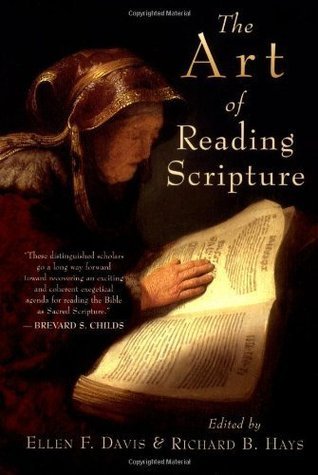What do you think?
Rate this book


356 pages, Kindle Edition
First published October 1, 2003
Reading Scripture is an art - a creative discipline that requires engagement and imagination, in contract to the Enlightenment's ideal of detached objectivity.